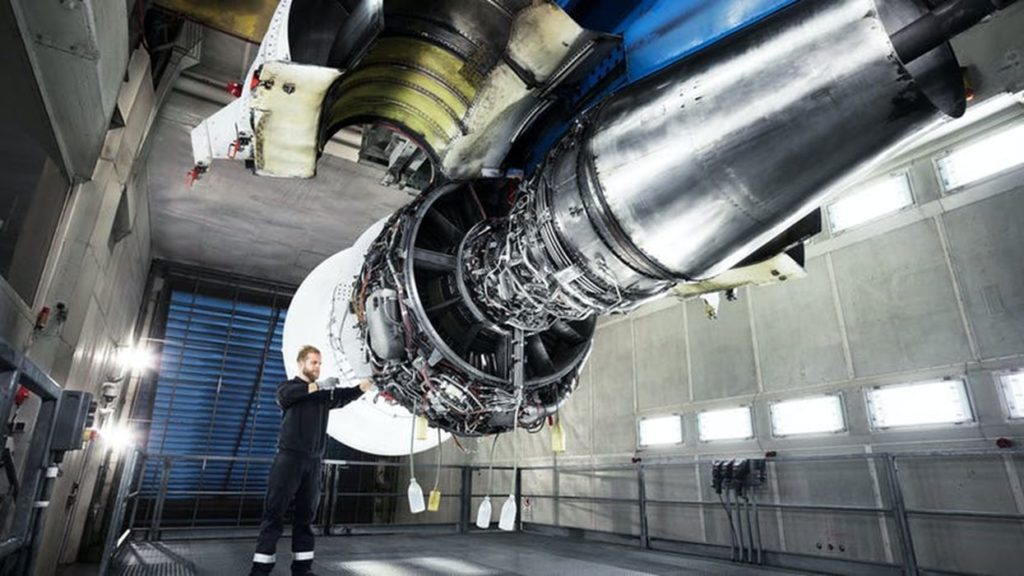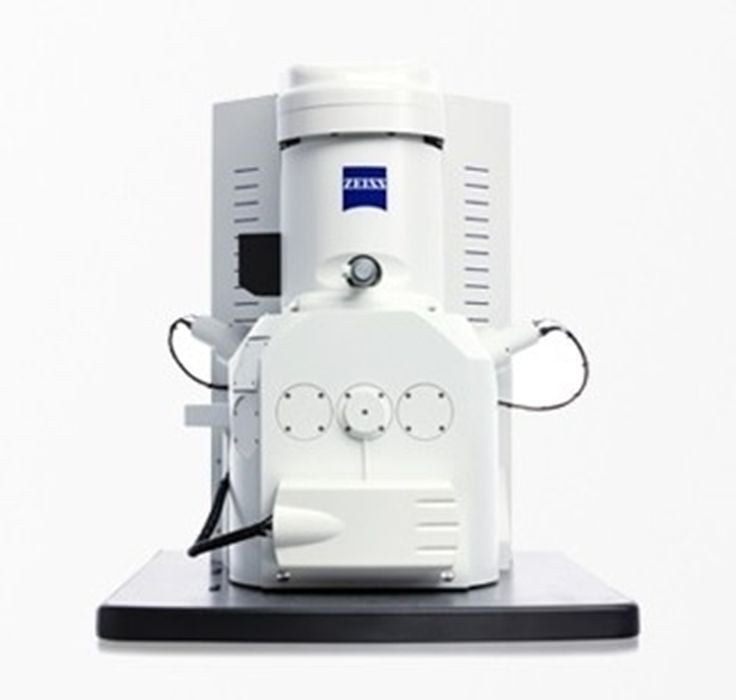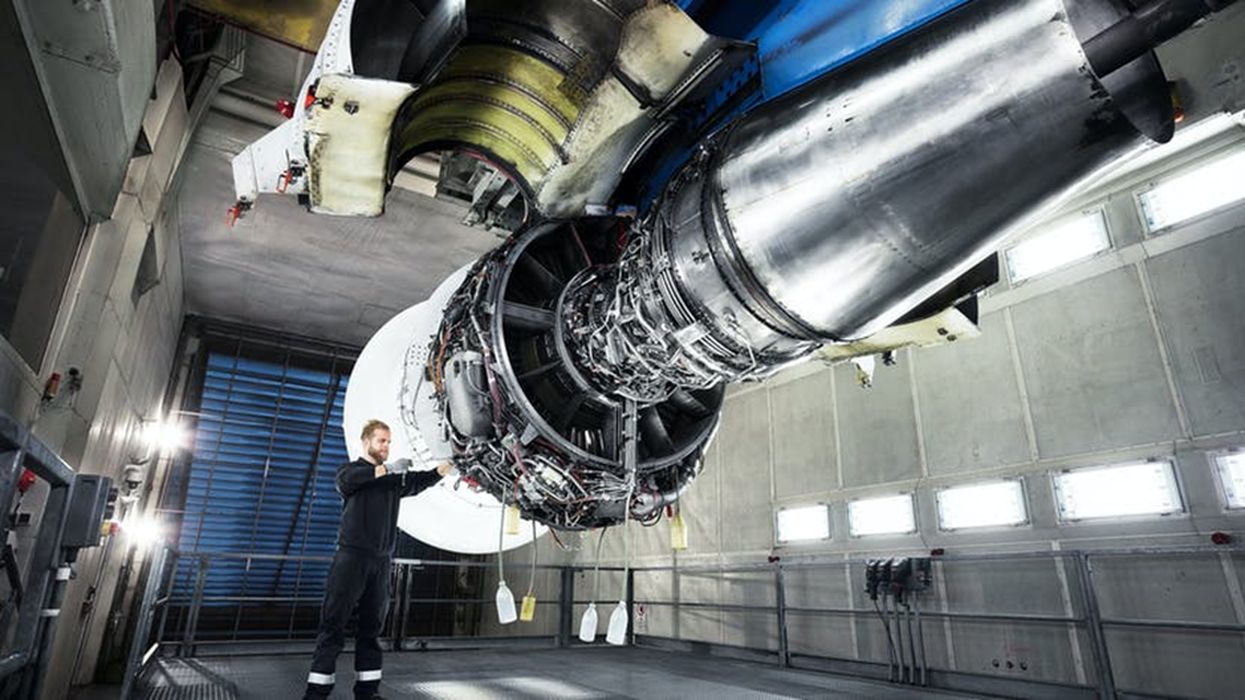
Charles R. Goulding and Preeti Sulibhavi look at the 3D printing activities of Zeiss.
Zeiss founded by Carl Zeiss in Germany 1846 in the world-renowned optics company with over 35,000 employees. The Zeiss Group has 2021 sales exceeding €7B (US$7.9B), and is divided into 4 business segments:
- Semiconductor Manufacturing Technology (SMT)
- Industrial Qualify & Research
- Medical Technology
- Consumer Markets
The medical technology segment is the only one publicly traded under the name Carl Zeiss Meditec ADR.
Powder to Performance (PTP) is the detailed additive manufacturing solutions brochure available on the Zeiss website. We recommend this PTP brochure to everyone in the additive manufacturing industry. In PTP, Zeiss takes a holistic approach that brings to bear their wide range of technologies including the Light Microscope (LM). Scanning Electron Microscope (SEM), X-Ray Computed Tomography (X-ray CT), and Coordinate Measuring (CMM). The Zeiss system is designed to improve yield by identifying defects at all stages of production and can even cure some defects during processing. The growth of the 3D printing ecosystem is largely dependent on new materials applications and those new powders need to be of the highest quality.
Zeiss has established a global AM application lab open to customers and scientific studies. Zeiss and the U.S. Oak Ridge National Laboratory (ORNL) in Nashville, Tennessee have established a Manufacturing Demonstration Laboratory aimed at converting the latest scientific research into commercial applications.

Fabbaloo recently covered the announcement of a new Siemens Energy/ Zeiss joint venture. The recently spun-out, Siemens Energy company, is a large business with a focus on oil & gas and Gamesa wind turbines. We would expect the wind turbine business will benefit from the recent enactment of the U.S. trillion-dollar infrastructure package. The oil and gas industry is increasingly embracing 3D printing technology as well.
The Research & Development Tax Credit
The now permanent Research and Development (R&D) Tax Credit is available for companies developing new or improved products, processes and/or software.
3D printing can help boost a company’s R&D Tax Credits. Wages for technical employees creating, testing, and revising 3D printed prototypes can be included as a percentage of eligible time spent for the R&D Tax Credit. Similarly, when used as a method of improving a process, time spent integrating 3D printing hardware and software counts as an eligible activity. Lastly, when used for modeling and preproduction, the costs of filaments consumed during the development process may also be recovered.
Whether it is used for creating and testing prototypes or for final production, 3D printing is a great indicator that R&D Credit eligible activities are taking place. Companies implementing this technology at any point should consider taking advantage of R&D Tax Credits.
Conclusion
With a rich history approximating 175 years, Zeiss is a force to be reckoned with. Zeiss is taking a comprehensive approach to 3D printing quality and the new Siemens JV should be worth watching.

